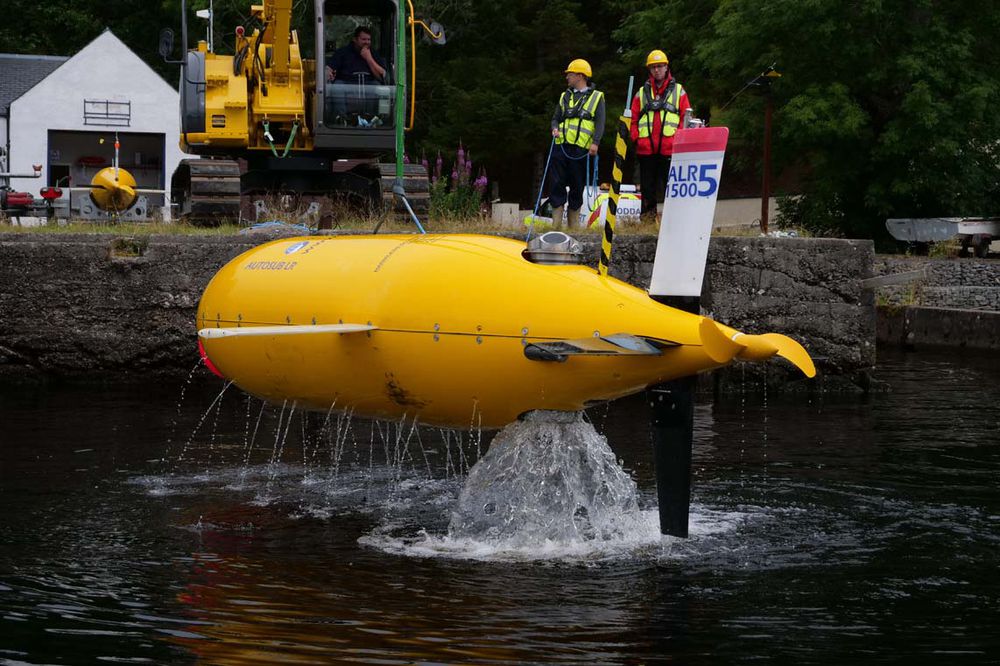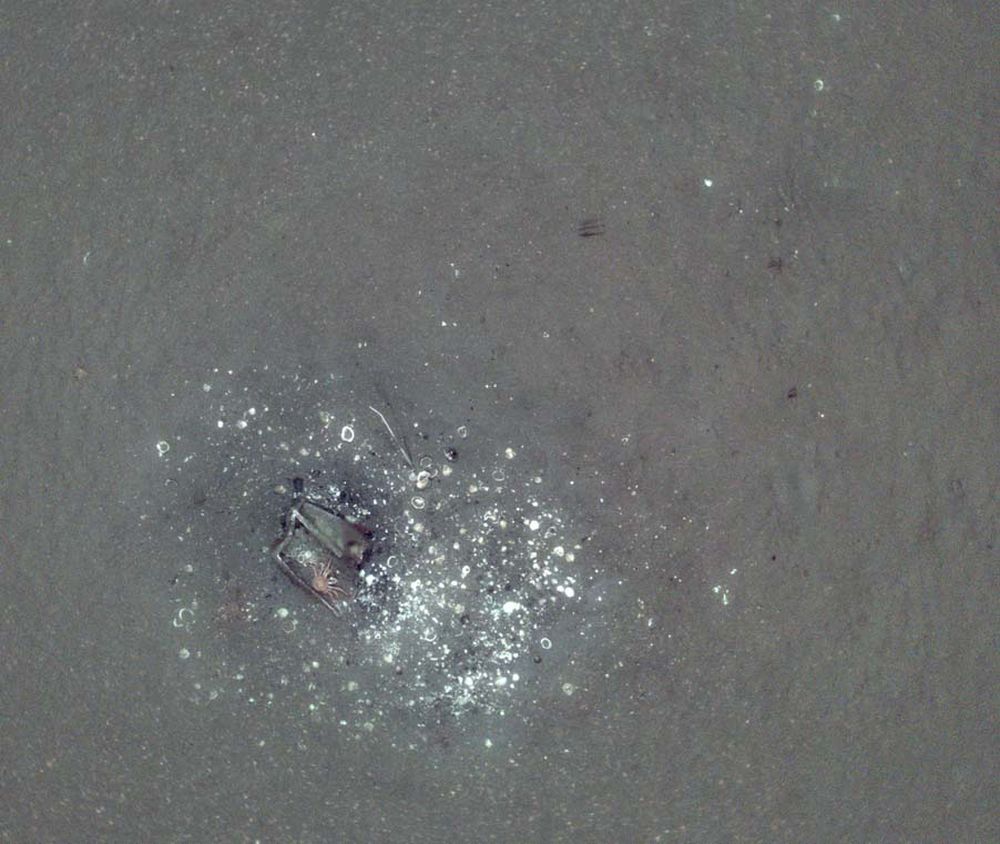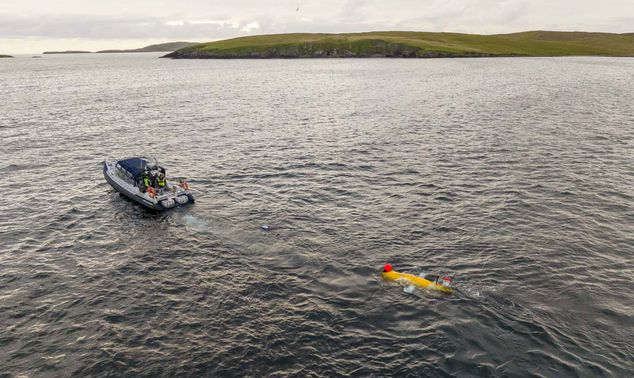CONTACT US
If you have a questions we haven't answered or you're ready to start working with us, please get in touch.

Our net zero solution to your marine monitoring requirements
With the number of Marine Protects Areas (MPAs) growing worldwide, our shared goal to deliver the 30x30 initiative places an onus on marine science delivering innovations that enable environmentally friendly, cost-efficient and effective methods for monitoring these protected areas.
Whilst a number of methods are currently available to complete environmental surveys, increasingly autonomous solutions are proposed as the future. Our Autonomous Long Range (ALR) underwater vehicle, NOC Autosub, is ideally suited to this work due to its high endurance, state of art National Oceanography Centre (NOC) sensor technology and ability to be shore launched and recovered without requiring a large surface vessel. NOC Autosub consequently reduces survey costs and better supports Net Zero initiatives whilst maintaining data quality.

NOC, working in partnership with the University of Southampton and the UK Department of Environmental, Food and Rural Affairs (Defra) utilised a NOC Autosub vehicle on the Central Fladen Nature MPA. Our aim was to better understand if using autonomous vehicles represents a fit-for-purpose and cost-effective method for mapping and monitoring the current and future MPA network. Such systems may represent a more efficient and effective way of supporting the UK Government to meet its commitment to delivering and maintaining marine protected areas such as Central Fladen.
The mission consisted of a fully autonomous seafloor survey of the area, located some 140 km south-southeast of Lerwick (Shetland). The NOC Autosub was both launched and recovered from shore.

Credit: University of Southampton and National Oceanography Centre
Carrying a state of the art camera system, the NOC Autosub gathered georeferenced, colour corrected still images, as well as texture maps and corresponding microtopographic maps of the seafloor. These data enabled assessment of seafloor type and condition, the presence and identity of benthic fish and larger invertebrate animals and provided evidence of any human impacts on the seabed environment (physical disturbance of seabed by trawling or the presence of litter for example).
You can read more about the success of this mission here

Following the success of the Central Fladen mission we have available an Autosub ALR 1500 vehicle fitted with our world-leading sensor technology and piloted by our experienced operating team to undertake further Marine Protected Area monitoring missions. The vehicle will operate predominantly in the North Sea and normally be shore launched and recovered to complete its missions. It is equipped with flexible packages of chemical sensors (to suit precise mission requirements), advanced sonars and a camera system.
Contact us today for details about this service.
Finding an effective and efficient method of monitoring UK Marine Protected Areas is challenging, with autonomous vehicles likely to play a key role.
Dr Brain Bett
Project lead and NOC scientist